Sunday 23 June 2013 saw the Spanish Air Force decommission its fleet of Dassault Mirage F-1M aircraft. Gareth Stringer takes a look at the jet in Ejército del Aire service, with archive images from the GAR team.
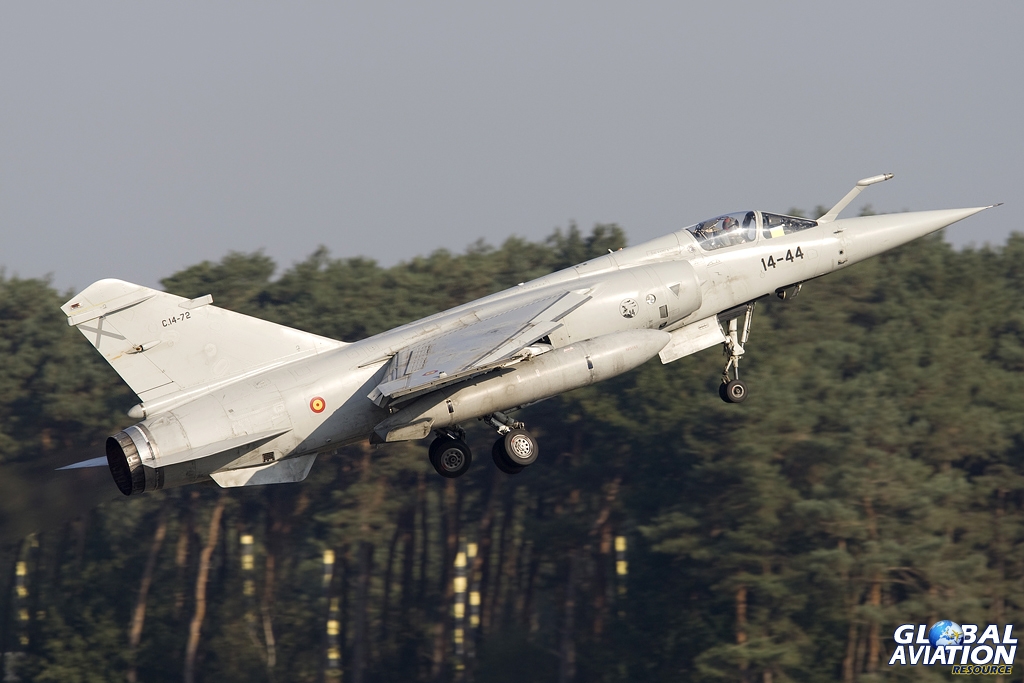
© Glenn Beasley – www.globalaviationresource.com
Spain originally procured 15 Mirage F-1C aircraft, designated C.14, in June 1975, partly as a result of growing tensions with Morocco. In subsequent years a total of 45 F-1CE, 22 F-1EE and six F-1BE (two seat trainer) variants were added to the fleet, with a number of second-hand examples additionally procured in the 1990s, from France and Qatar.

© Tom Gibbons – www.globalaviationresource.com
For much of its time in Ejército del Aire service, the F-1M has been Spain’s primary interceptor and air defence asset, with a secondary ground attack capability. It performed this role with distinction, even after the arrival of the EF-18 Hornet (C.15) in 1985 until, inevitably, the aircraft was deemed surplus to requirements following the introduction of the C.16 – the Eurofighter Typhoon.
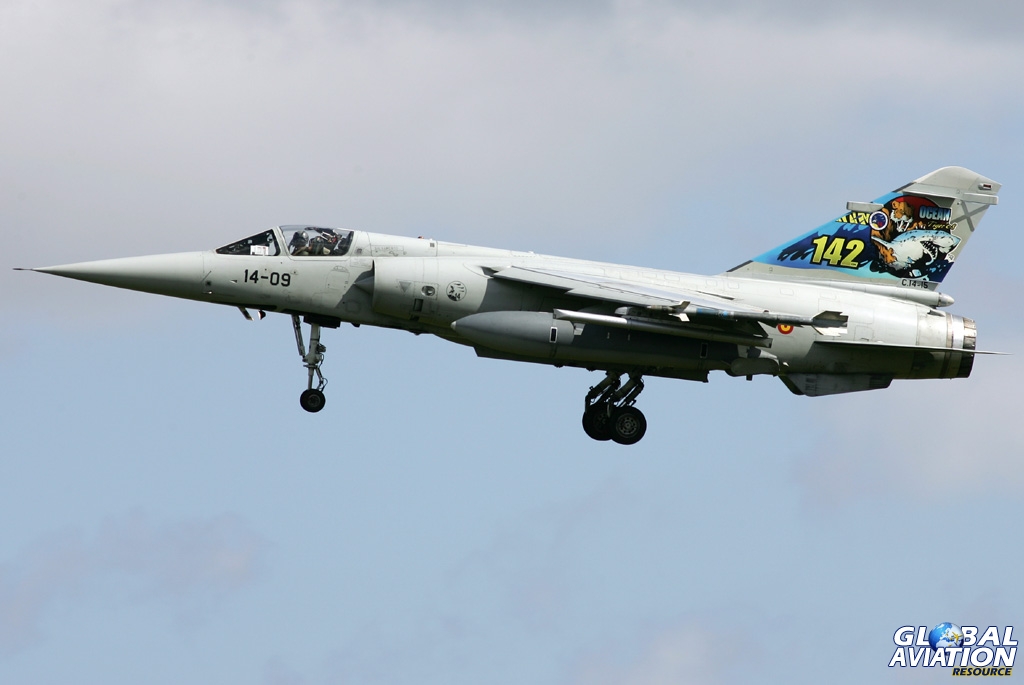
© Kev Wills – www.globalaviationresource.com
The F-1M’s final operating unit was Ala 14 (14th Wing) based at Albacete, although the aircraft also served with Ala 11 based at Manises, Valencia, and with Ala 46 based at Gando in the Canary Islands.

© Chris Wood – www.globalaviationresource.com
Ala 14 operated a fleet of approximately 30 aircraft, consisting of Escuadrón 141 (141st Squadron) “Patanes” and Escuadrón 142 (142nd Squadron) “Tigres”, reaching a milestone of 200,000 flight hours with the F-1M by the time of the type’s retirement.
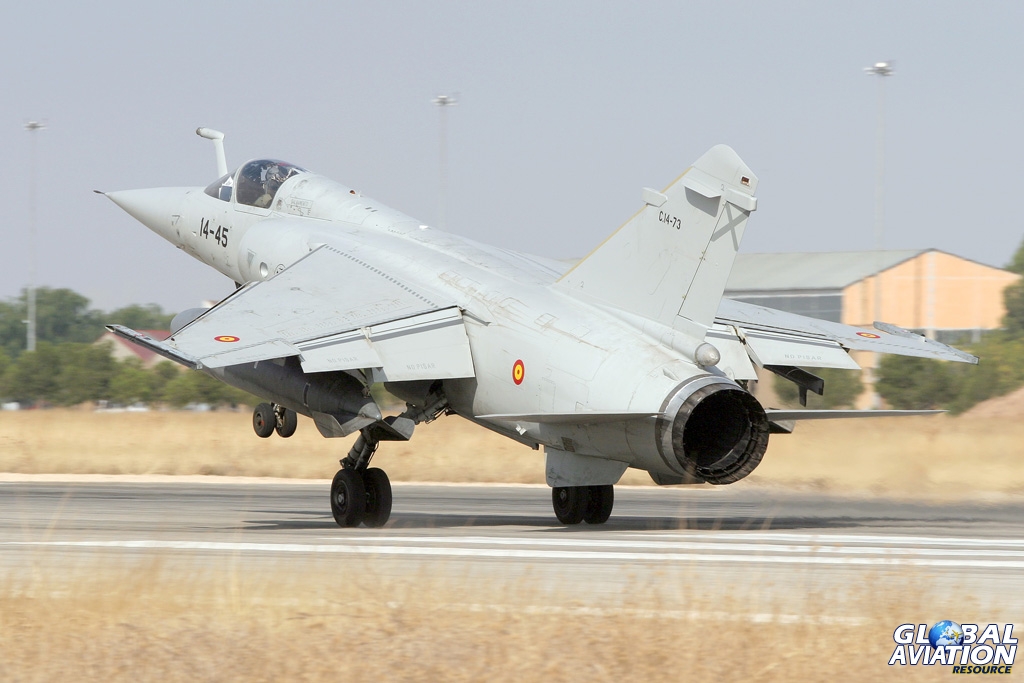
© Karl Drage – www.globalaviationresource.com
While the F-1 is considered to be, in many people’s eyes, Dassault’s best-looking Mirage; the aircraft’s relatively venerable age belies what remained a strong capability to the end, with numerous upgrades being implemented during her long service life.

© Kev Wills – www.globalaviationresource.com
Ala 14’s F-1Ms featured a 26″ HUD (Head Up Display) with integrated radar, HOTAS (Hands on Throttle and Stick) system, modernised Cyrano radar with an improved ground-attack capability, night vision goggles, a Sagem ULISS 47 inertial navigation system and compatibility with the AIM-9 JULI Sidewinder missile, to name but a few of the upgrades that were integrated.

© Glenn Beasley – www.globalaviationresource.com
The F-1’s ability to reach Mach 2.2, albeit for a short duration, at a ceiling of 65,000ft with a two-hour plus CAP (Combat Air Patrol) endurance, ensured that the aircraft remained a reliable and potent performer.
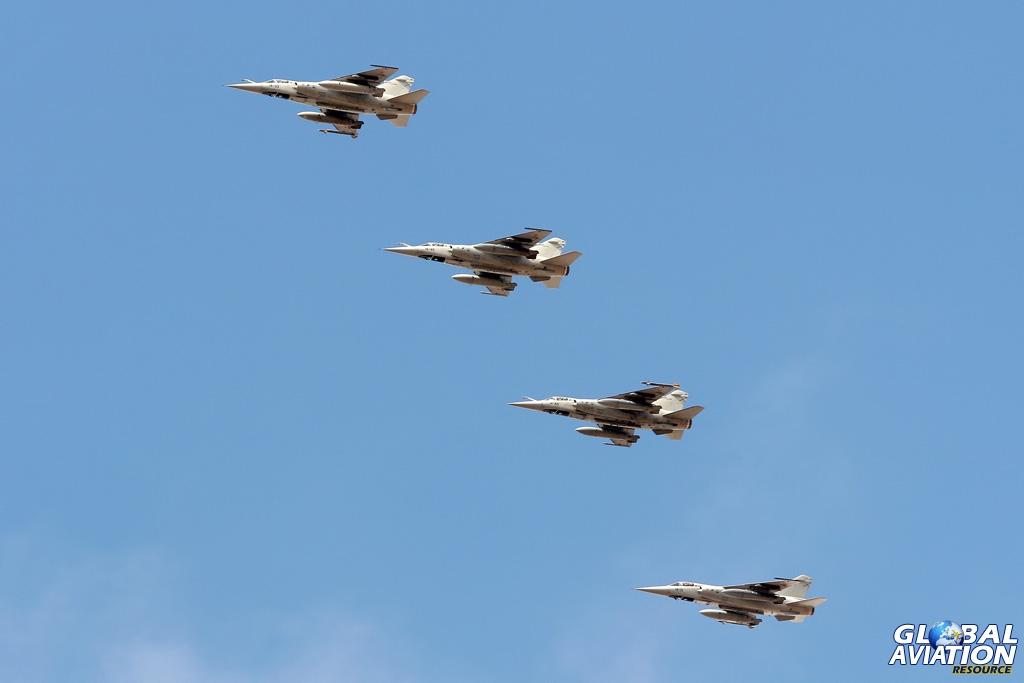
© Karl Drage – www.globalaviationresource.com
With just one squadron of Armée de l’Air Mirage F-1CRs remaining, operated by Escadron de Reconnaissance 02.033 Savoie at Mont-de-Marsan, and with these slated for retirement in 2014, the beautiful Mirage F-1 will soon be just a memory in European terms, with the last flying examples now in Libya, Morocco, Gabon and Iran.
Adiós Mirage F-1………

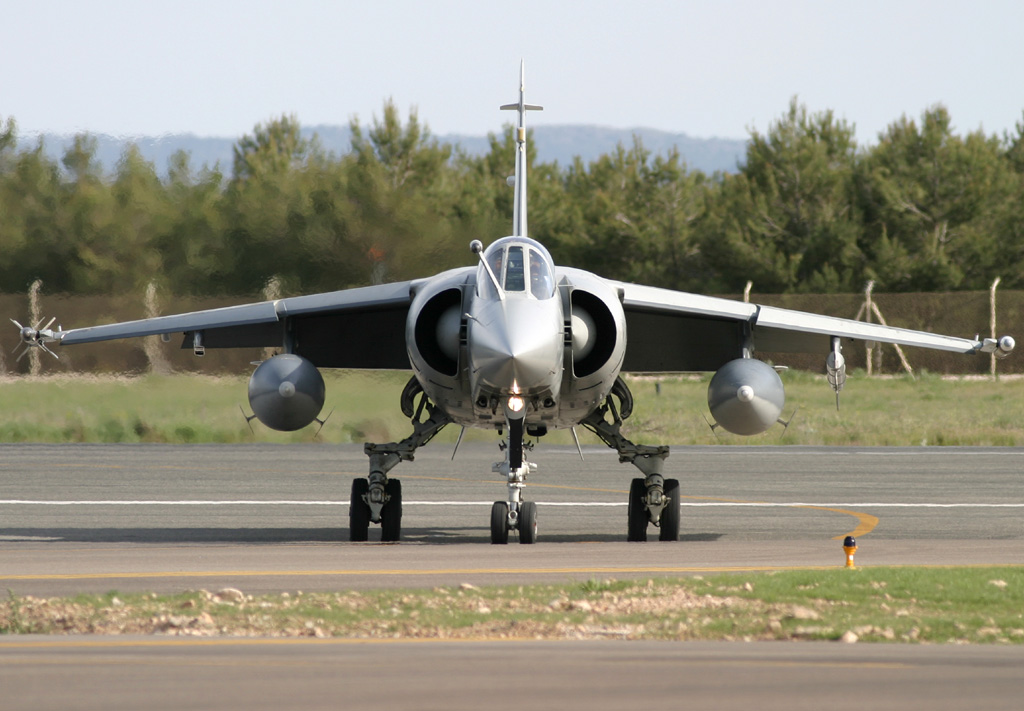



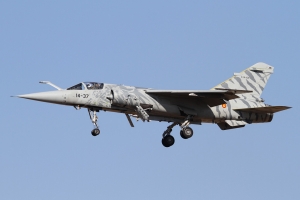





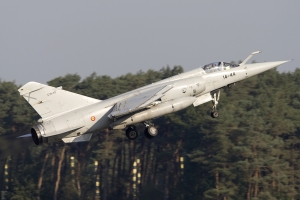

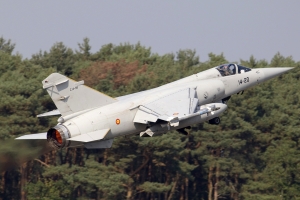
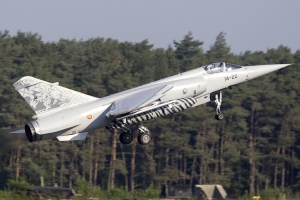
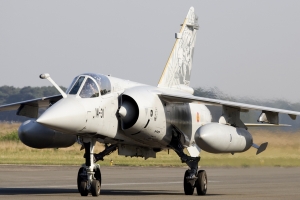

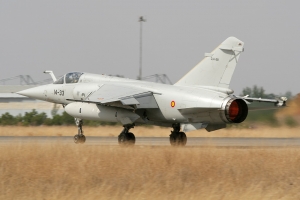
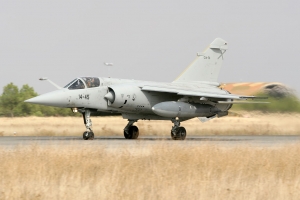






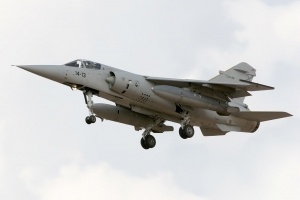





Thanks for a fine text and some great photos of a smart and special aircraft (for many of us, I think).
What a beautiful airplane the F-1 is… and the photos are beautiful being really eloquently displayed!